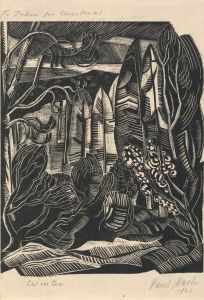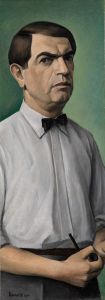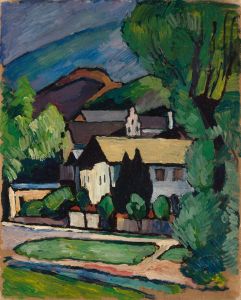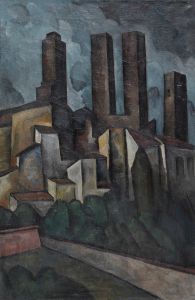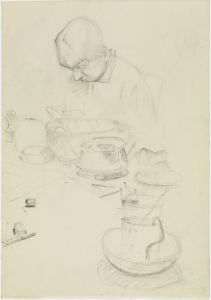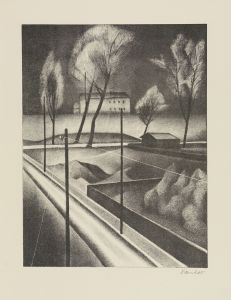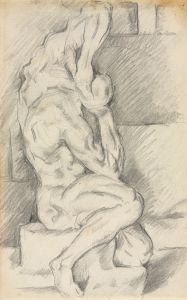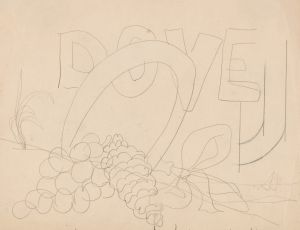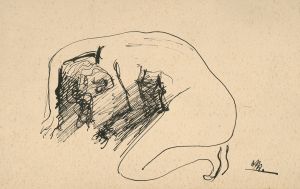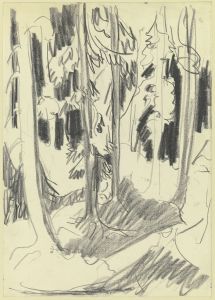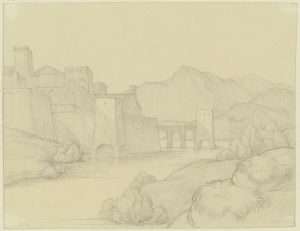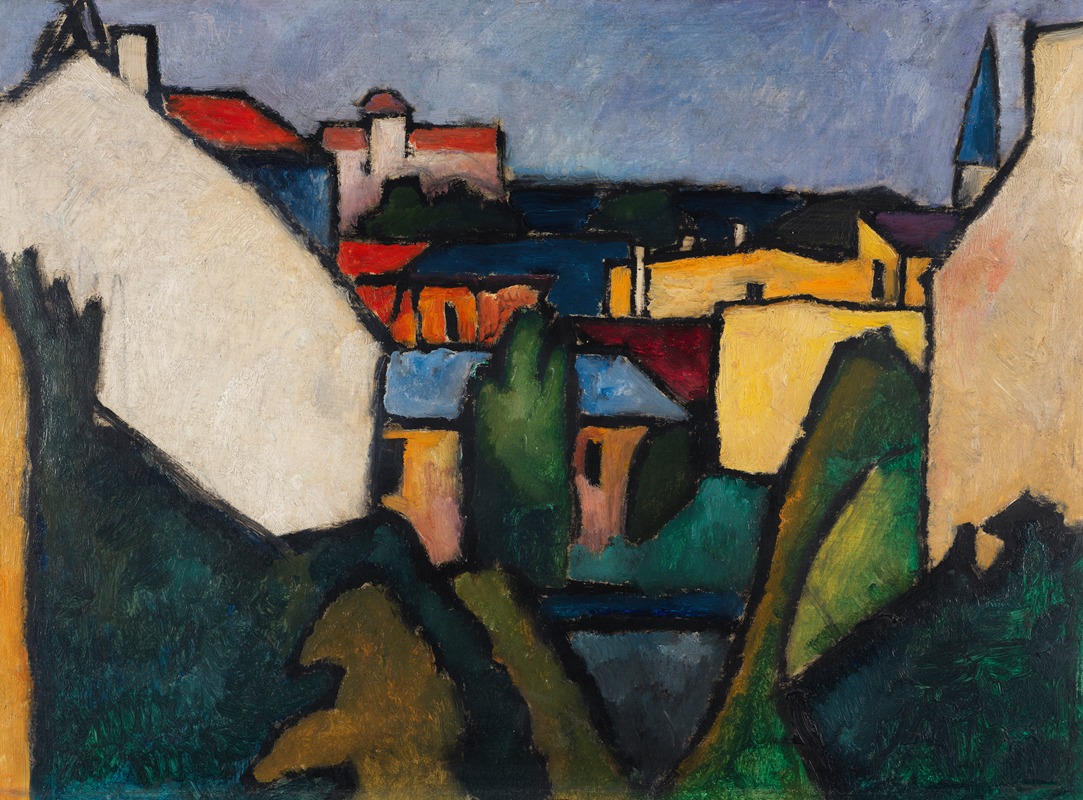
Häuser
A hand-painted replica of Alexander Kanoldt’s masterpiece Häuser, meticulously crafted by professional artists to capture the true essence of the original. Each piece is created with museum-quality canvas and rare mineral pigments, carefully painted by experienced artists with delicate brushstrokes and rich, layered colors to perfectly recreate the texture of the original artwork. Unlike machine-printed reproductions, this hand-painted version brings the painting to life, infused with the artist’s emotions and skill in every stroke. Whether for personal collection or home decoration, it instantly elevates the artistic atmosphere of any space.
Alexander Kanoldt was a prominent German painter associated with the New Objectivity movement, which emerged in the 1920s as a reaction against expressionism. Kanoldt's work is characterized by its precise, realistic style and often features urban and architectural themes. One of his notable works is "Häuser" (translated as "Houses"), which exemplifies his meticulous approach to form and structure.
"Häuser" is a painting that reflects Kanoldt's interest in the geometric and architectural aspects of urban landscapes. The painting showcases a series of buildings, rendered with a high degree of precision and attention to detail. This focus on architectural elements is a hallmark of Kanoldt's work during this period, as he sought to capture the essence of modern urban life through a lens of clarity and order.
The New Objectivity movement, of which Kanoldt was a part, was characterized by a return to realism and a focus on the objective representation of the world. This was in stark contrast to the emotional and subjective nature of expressionism, which had dominated the German art scene in the years following World War I. Artists associated with New Objectivity aimed to depict the world with a sense of detachment and clarity, often highlighting the social and political realities of the time.
In "Häuser," Kanoldt employs a muted color palette, which is typical of the New Objectivity style. The use of subdued tones helps to emphasize the structural elements of the buildings, drawing the viewer's attention to their form and design rather than their emotional impact. This approach reflects the movement's emphasis on objectivity and rationality, as well as its interest in the modern urban environment.
Kanoldt's background and training played a significant role in shaping his artistic style. He studied at the Academy of Fine Arts in Karlsruhe and was influenced by the work of his contemporaries, including the members of the Berlin Secession and the Munich Secession. His exposure to various artistic movements and styles contributed to his development as a painter and his eventual association with New Objectivity.
Throughout his career, Kanoldt's work was exhibited in numerous galleries and exhibitions, both in Germany and internationally. His paintings were well-received for their technical skill and their ability to capture the essence of the modern world. "Häuser" is a testament to Kanoldt's mastery of form and his commitment to the principles of New Objectivity.
In summary, "Häuser" by Alexander Kanoldt is a significant work that exemplifies the New Objectivity movement's focus on realism and the objective representation of the modern urban landscape. Through his precise rendering of architectural forms, Kanoldt captures the essence of the city with clarity and order, reflecting the movement's ideals and his own artistic vision.





